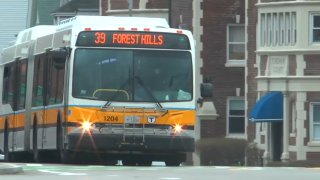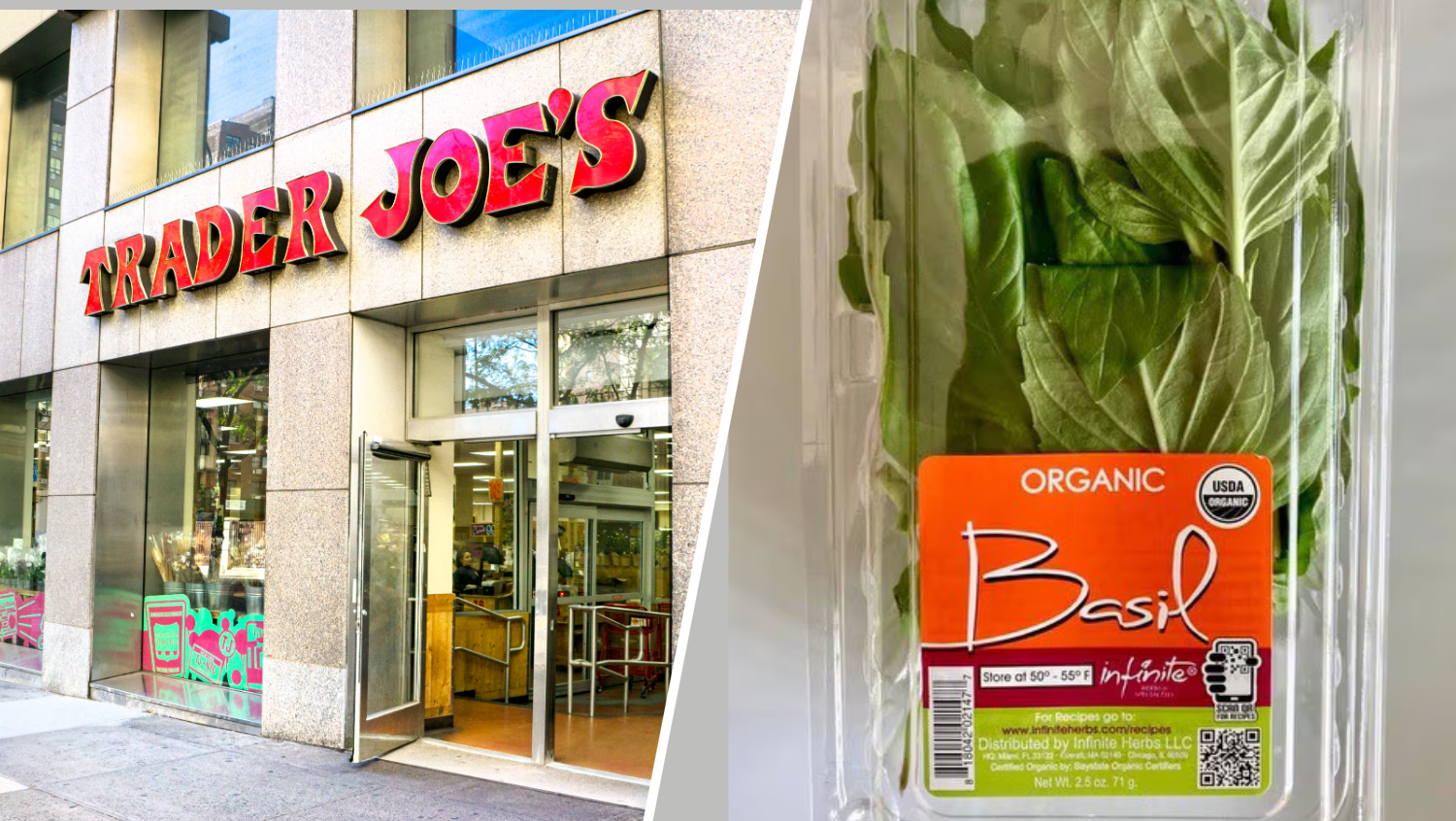
The MBTA will need to hire more than 750 new bus drivers to achieve an envisioned overhaul that would boost systemwide bus trip frequency by 25 percent, a daunting task amid a challenging labor market, officials said.
Higher-ups at the transit agency have their sights set on transforming the constellation of bus routes in Boston and dozens of surrounding communities, and on Thursday they rolled out an updated version of the bus network redesign proposal they floated in May.
Areas such as Chelsea, Everett, Malden, Medford, Lynn, Roxbury and Dorchester would all gain more frequent bus service than the T's existing schedule offers.
The revision, which still targets a roughly one-quarter increase in the number of bus trips across the entire system over a five-year period and twice as many high-frequency routes, incorporates a suite of tweaks to routes based on feedback from riders, municipalities and businesses.
Get New England news, weather forecasts and entertainment stories to your inbox. Sign up for NECN newsletters.
Changes vary from reversing proposed cuts to rerouting buses to offer better connections to medical facilities, senior housing and other popular destinations.
To achieve the goal of 25 percent more service hours, the T would need about 440 more drivers than it had on the road before the COVID-19 pandemic, plus other supporting positions, MBTA Senior Director of Service Planning Melissa Dullea told reporters ahead of a presentation to the agency's board.
But the hiring will need to be even more extensive because the MBTA still does not have enough operators to undo pandemic-era service cuts. The T would need to bring on another 312 drivers to "get back to where we're budgeted to be," Dullea said.
U.S. & World
"All in all, we're looking at hiring something around 750-plus bus operators, which is closer to a 50 percent increase in the number of bus operators that we have today," she said. "It's a really quite massive number, and that's another one of the reasons that this is split out over multiple years, because hiring that volume of operators and all the other supporting positions just really takes a lot of time."
The MBTA's staffing shortages are in the spotlight as the T faces scrutiny and directives from federal investigators, who warned that the stretched-too-thin workforce poses safety hazards, though many other transit agencies are also struggling to hire.
MBTA leaders have offered hiring bonuses to try to attract more bus drivers, and this week launched a pilot program that could allow possible new hires to train for a commercial driver's license permit paid for by the T rather than pursue those expensive courses on their own.
If the T can overcome the hiring obstacles and staff up as envisioned for the new bus map, about 30 "corridors" would run buses every 15 minutes or faster all day, every day.
"We want the services to be frequent enough that folks don't have to check a schedule in order to go use that service," said Doug Johnson, project manager for the Bus Network Redesign. "No one looks at the schedule for the Red Line or the Orange Line or the Blue Line. They just show up to a station and then get on the next train. The goal is to have bus routes be so frequent that that is the case as well."
The new map seeks to better accommodate shifting demand and connect to new employment centers developed in recent decades. Johnson said the existing network "was not doing a great job of matching the travel patterns that exist," even before the pandemic upended routines.
Travel patterns were already evolving in the years leading up to the pandemic, with fewer passengers traveling at traditional rush hour times, and the surge in remote working only added to that trend.
"Even before COVID, we were seeing that travel patterns were not as peak-oriented as they had been in the decades prior. And with COVID, that's even more the case now with the increase in teleworking and people just changing their habits," Johnson said. "Travel patterns are less peak-focused than they used to be, and we want our network to reflect that and provide more service all day, every day so that it's meeting the demand that exists at those periods of time that we weren't serving as much before."
The first changes would likely kick in during the summer of 2023, though Johnson said MBTA officials are still working to nail down the scope of what steps will take place when over the five-year project timeline.
Some improvements will rely on capital work to install new bus stops, change curb lines, modify intersections and other steps, all in coordination with roughly 50 cities and towns served by MBTA bus lines.
MBTA staff presented the updated plan to the agency's board of directors Thursday and plan to return for a final vote in December following an equity analysis.



